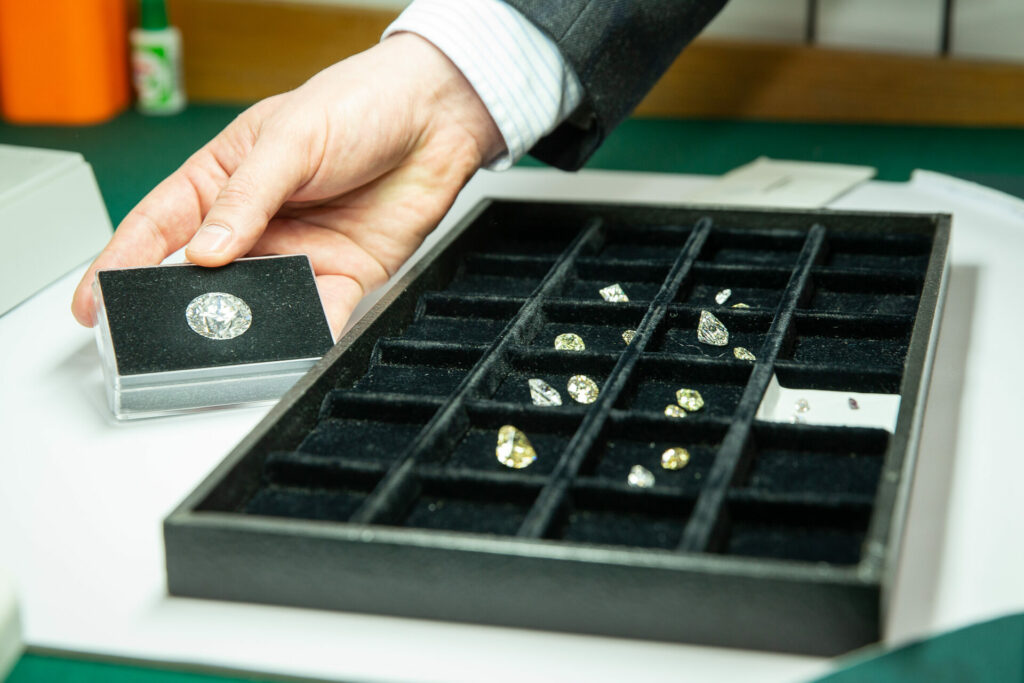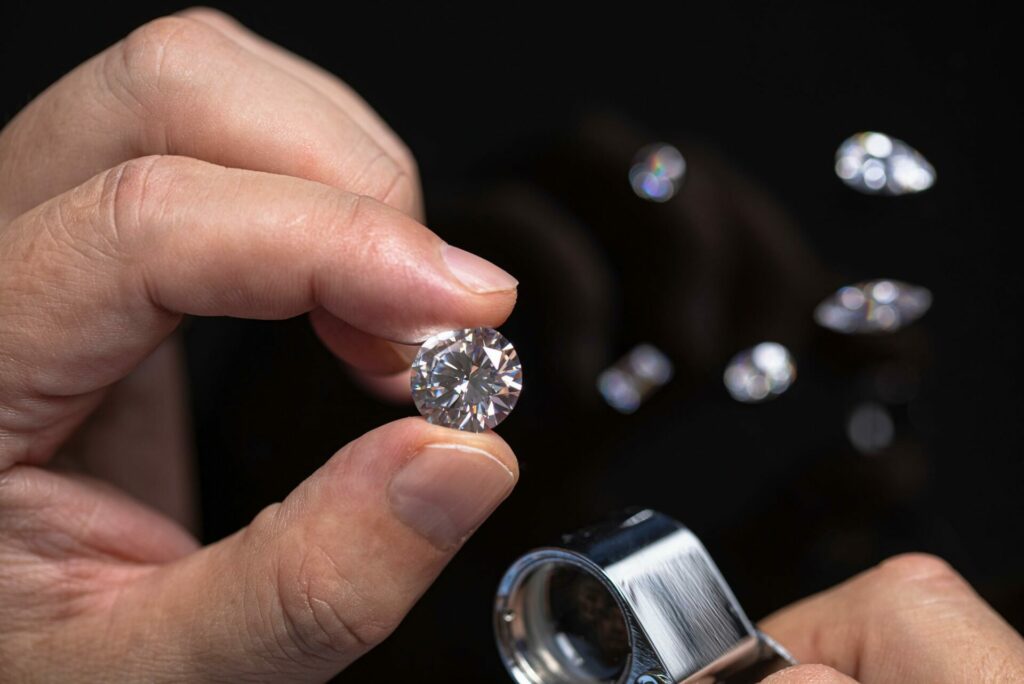An important step in the implementation of restrictive measures against Russian diamonds that the G7 countries agreed upon was made on Friday 1 March, as a result of Russia’s illegal war of aggression against Ukraine.
Russia is the world's largest producer of rough diamonds by volume. A large part of the revenues from this sector directly contribute to the financing of Russia's brutal war against Ukraine. As the Belgian city of Antwerp remains a pre-eminent global trading centre for rough diamonds, Belgium has a particular responsibility to reduce Russia's revenues from diamonds.
Therefore, the country has been working on an innovative sanctions mechanism to mitigate the risk of circumvention via third countries as much as possible.
Restrictions on indirect import
In December 2023, the G7 members (the EU, Canada, France, Germany, Italy, Japan, the UK, and the US) decided to introduce a comprehensive sanctions regime based on technological traceability. The EU adopted those rules on 18 December, and Belgium was assigned a leading role in its implementation.
Since the start of January this year, import restrictions have been in place for (non-industrial) diamonds, mined, processed or produced in Russia, of any size, when imported directly or via a third country without transformation.
Since then, Russia can no longer export diamonds directly or indirectly to the G7 members (including the EU) – whose markets, together, account for almost 70% of global consumption. This step, however, did not yet include rough diamonds that were further worked in a third country to become a polished diamond.
From 1 March, the G7 is going one step further: indirect import restrictions are also coming into force. In practice, this means that a phased import ban on Russian diamonds from third countries will be introduced.

A box with diamonds. Credit: Belga/ James Arthur Gekiere
As of now, all rough or polished Russian diamonds from 1 carat which are processed in third countries – notably covering Russian mined diamonds that were transformed into polished stones – will be banned from the G7 market.
While importers will need to prove their non-Russian origin through documentary evidence during a transition period of six months, compliance with this "indirect" import ban will ultimately be monitored through a verification and certification system, based on robust traceability technologies.
This will make it possible to digitally trace diamonds "from mine to finger." In close consultation with the G7 members and the European Commission, Belgium is therefore starting with the phased introduction of such a control system based on technological traceability as to allow the system to be fully operational by 1 September.
Only a robust traceability mechanism will provide the necessary assurances to make the sanctions regime as watertight as possible, effectively reducing possibilities for circumvention or non-conformity.
Related News
- EU imposes sanctions on Russia's biggest diamond producer
- EU tightens sanctions against Russia but loopholes still exist
- 'Fight against blood diamonds': US and EU will ban Russian diamonds from 2024
This step, taken in close consultation with the wider sector and diamond-producing countries, can also significantly improve transparency within the international diamond sector in general.
The system offers the opportunity to set a new standard of transparency, strengthening existing initiatives such as the Kimberley Process. Increased transparency also offers producing countries, in particular in Africa, the potential to increase revenues from diamond extraction for local communities.

